Chronic Appendicitis - Symptoms and Treatment
Sept. 11, 2023 #Back Pain
Chronic Appendicitis: Causes, Symptoms, and Treatment
Chronic appendicitis is a condition in which there is recurrent inflammation in the appendix. This causes abdominal pain that may last from a few days, to even months and sometimes for several years. In the case of an acute appendicitis, the doctor removes the appendix from the body through a surgical procedure.
The exact cause of chronic appendicitis is unknown, but studies suggest that it may be due to a partial blockage of the appendix, a bacterial infection and subsequent chronic inflammation of the appendix. Other studies suggest that it could be due to a chronic infection.
The symptoms include abdominal pain that is frequent, it may start as mild but then becomes severe. Other symptoms include vomiting, nausea and loss of appetite.
Difference Between Chronic and Acute Appendicitis
Chronic appendicitis refers to long-standing inflammation of the appendix, causing intermittent abdominal pain that can persist for extended periods. On the other hand, acute appendicitis is a sudden and severe inflammation requiring immediate surgery.
In acute appendicitis, the pain is constant and intense, accompanied by symptoms like fever, nausea, and vomiting. Neglected acute appendicitis can lead to complications, including a burst appendix and infection.
Chronic appendicitis, however, is a milder condition with episodes of abdominal pain that come and go. The pain is usually less severe than in acute appendicitis and may be accompanied by symptoms such as nausea, vomiting, and loss of appetite.
Although chronic appendicitis is not a medical emergency, it can significantly affect the patient's comfort and quality of life. Surgical removal of the appendix, through an appendectomy, is the standard treatment to alleviate symptoms and prevent future pain episodes.
Causes of Chronic Appendicitis
The exact cause of chronic appendicitis remains uncertain. However, several factors may contribute to its development:
- Blockage in the appendix: Partial blockage of the appendix can occur due to various reasons, such as calcified stones, inflamed lymphoid tissue, parasites, gallstones, or tumors.
- Increased pressures in the appendix: Blockages prevent fluid and waste passage, causing pressure build-up and subsequent inflammation.
- Decreased blood flow: Appendix blockage can reduce blood supply, leading to tissue damage and further inflammation.
- Bacterial growth: Stagnant fluids and waste create an environment conducive to bacterial growth, exacerbating inflammation and increasing infection risk.
It is important to note that these factors are speculative, and further research is needed to fully understand the causes of chronic appendicitis.
Treatment of Chronic Appendicitis
The most common treatment for chronic appendicitis is the removal of the appendix through surgery, also known as an appendectomy. This eliminates the pain associated with appendicitis
Laparoscopic surgery is the most common procedure used for an appendectomy. This minimizes the incisions and therefore there are fewer scars on the body. This makes healing easier as well.
In non-ruptured cases, antibiotics may be used as a conservative treatment option to reduce inflammation and control existing infection. However, it is important to note that antibiotics alone may not address the underlying cause of chronic appendicitis.
If the appendix has ruptured or complications like an abscess are present, surgery is usually recommended. In such cases, an open appendectomy may be necessary to clean the abdominal cavity and remove infected or damaged tissues.
After the removal of the appendix, the patients are relieved and the pain goes away. It is important to exercise caution while recovering from any surgical procedure, and post-operative care is important in this regard.

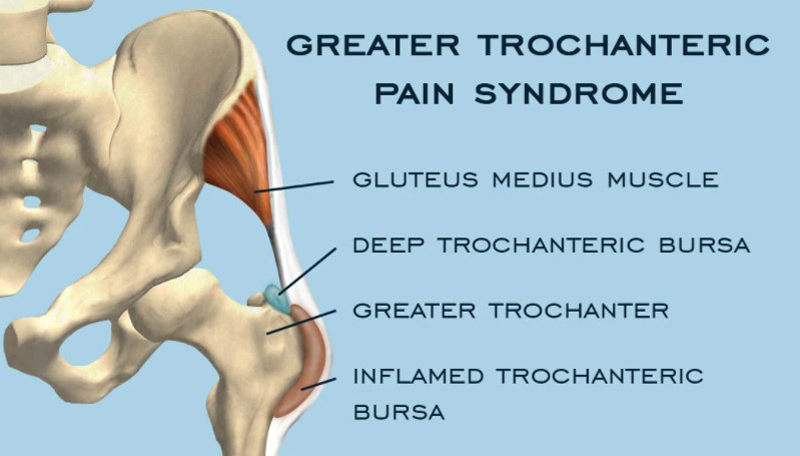
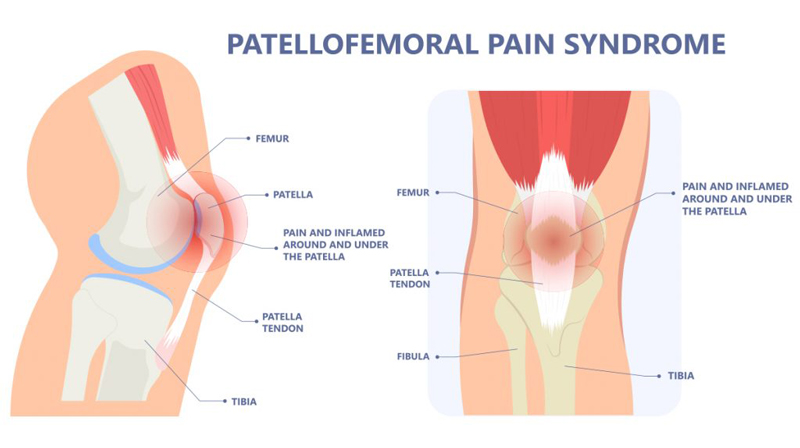




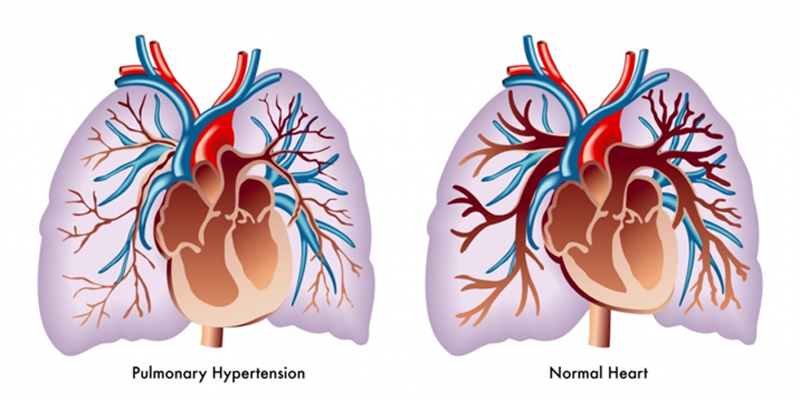
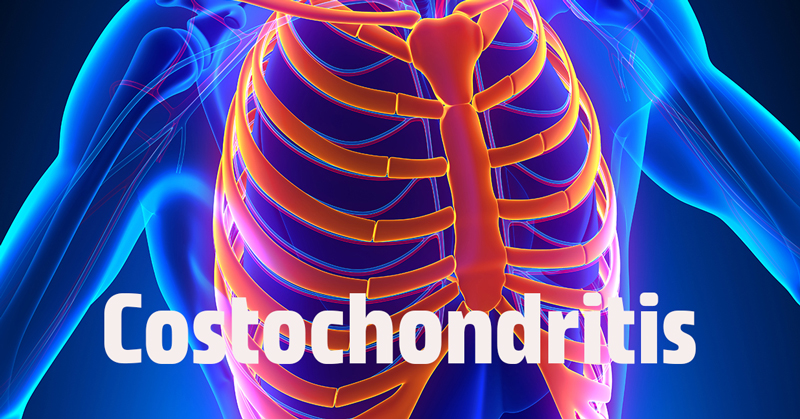
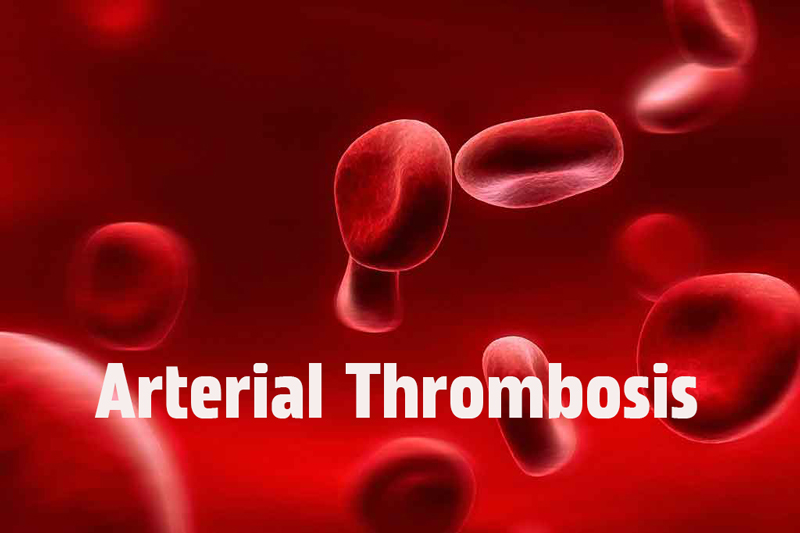
COMMENTS